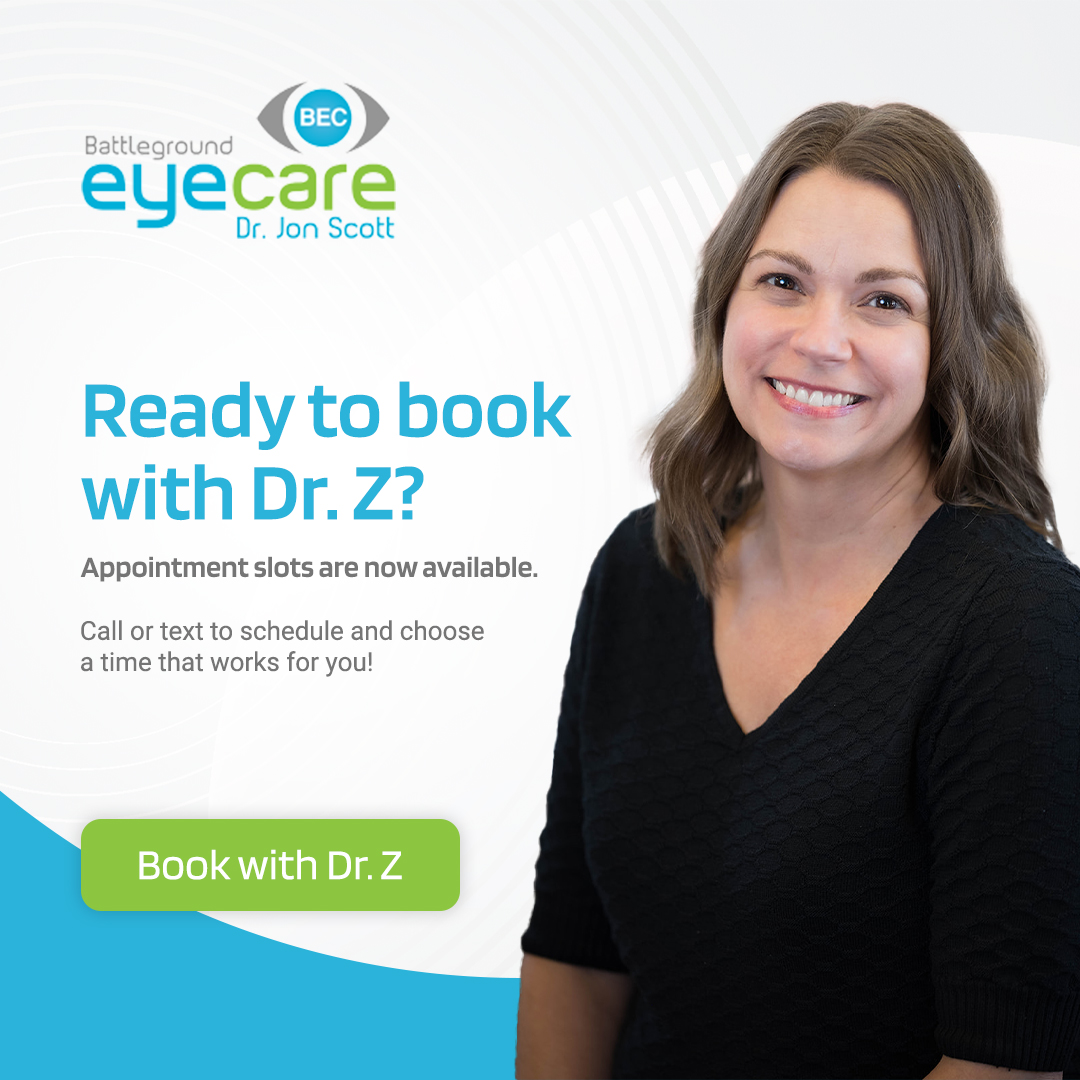
When you visit your doctor for a diagnosis, you may receive an answer that baffles you. If you have a vision issue like this, questions may build up in your mind. Here are the answers to some of them.
What Is Keratoconus?
Keratoconus is a disease that affects the eye, turning your typically circular cornea into a bulging cone shape. The cornea is a vital eye part responsible for bending and focusing light, enabling you to see. Protecting your eyes from foreign bodies and UV rays is also its responsibility. The bulge in your cornea causes the light to bend depending on which area the light passes.
What Causes the Disease?
The causes of keratoconus are still under debate in the medical fraternity. It results from the weakening of the collagen protein fibers in your eye. When this happens, the cornea loses its shape, triggering the condition.
Free radicles in the eyes are a sure cause of keratoconus. They are harmful by-products that come from your cornea each day. Antioxidants in the eyes are responsible for removing them in a healthy person. However, this disease reduces the number of antioxidants, causing a decrease in collagen levels. Eventually, your cornea weakens and starts to bulge.
Frequently rubbing your eyes can have a similar weakening effect. Keratoconus has a genetic component, meaning you are more likely to suffer the disease if your family has it.
What Are the Symptoms?
There are several symptoms of keratoconus, including:
Frequent headaches
Seeing double when using one eye
Sensitivity to light
Blurry vision
Streaks when looking at bright lights
Nighttime halos
Seeing triple or ghost images
One or a combination of these symptoms may not necessarily make you a victim of the disease. The best thing to do is visit an eye doctor to run a keratoconus screening exam.
How Can the Disease Affect Your Life?
Because keratoconus attacks your vision, it degrades the quality of your life. It can start during your teenage years or at the onset of adulthood. After this, it continues getting worse as you get older. It always affects both eyes. However, the variability of the disease may be mild in one eye, sometimes making it unnoticeable. It can remain in this state or exacerbate in the seemingly better eye.
Keratoconus makes it challenging to do usual things that require good eyesight. It may affect your self-esteem, trigger stress, and make you unable to enjoy life’s memorable moments.
Does It Have a Cure?
Sadly, keratoconus is neither curable nor reversible. However, there are several ways of dealing with the symptoms depending on the severity of the condition. Some include:
Large scleral lenses
Standard spectacles for mild keratoconus
Small rigid gas permeable contacts with piggyback soft lenses on the lower end
Standard soft lenses
Small rigid gas permeable lenses specially made for keratoconus
Hybrid contact lenses with a soft skirt
Custom soft lenses
Many doctors consider keratoconus a high-risk condition when it comes to surgical solutions. However, some surgical procedures show positive results when treating the illness. These include corneal transplants, photorefractive keratectomy, implantable collamer lens, and corneal crosslinking.
For more about keratoconus, visit Battleground Eye Care at our office in Greensboro, North Carolina. Call (336) 564-6800 to book an appointment today.







